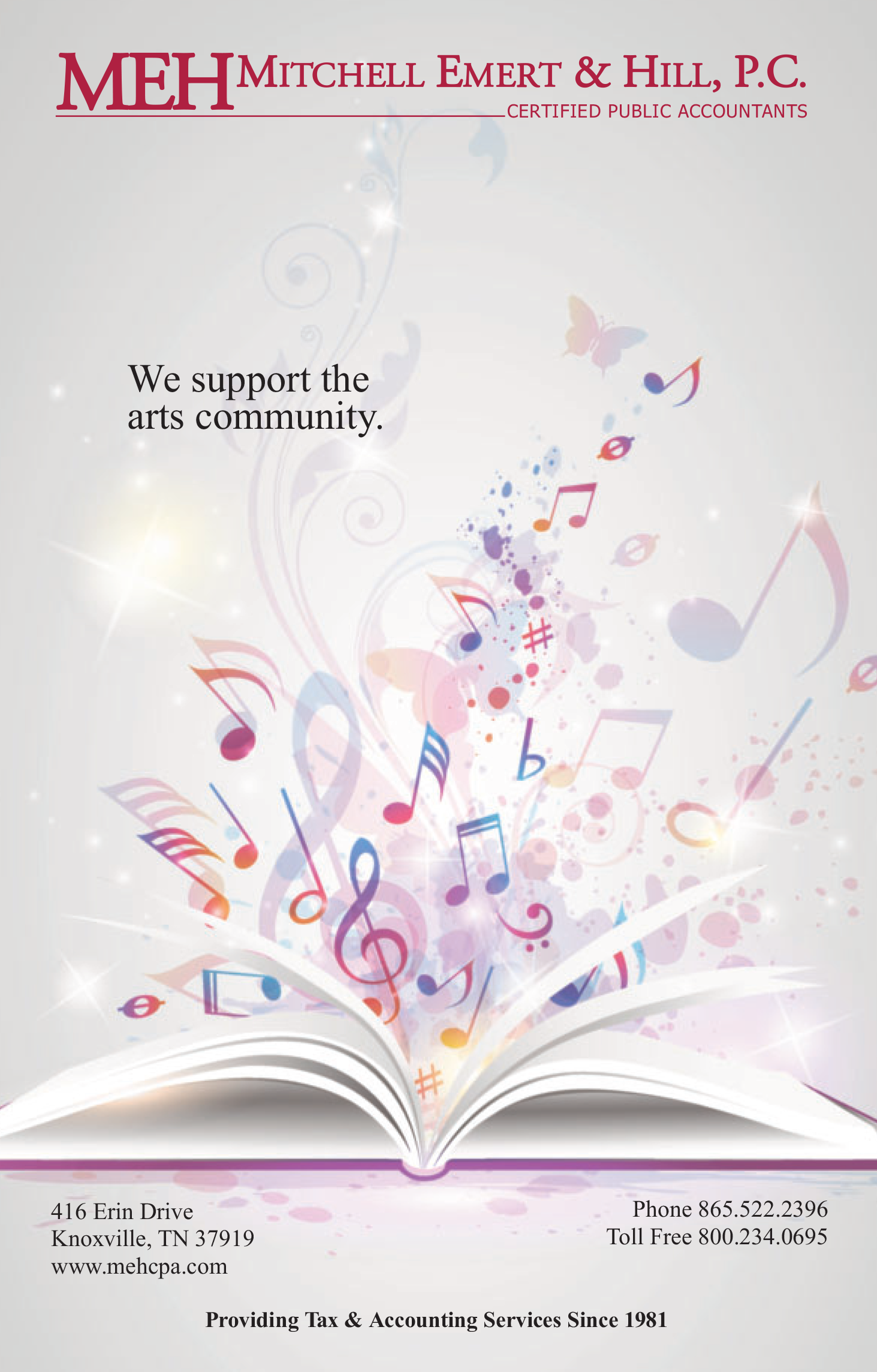
Sin fronteras (2017)
Clarice Assad was born in Rio de Janeiro, Brazil, on February 9, 1978. The first performance of Sin Fronteras took place at Wentz Concert Hall of North Central College in Naperville, Illinois, on September 16, 2017, with Mei-Ann Chen conducting the Chicago Sinfonietta. Sin Fronteras is scored for flute (doubling piccolo), oboe, English horn, B-flat clarinet, bassoon, horn in F, trumpet in C, trombone, timpani, and strings. Approximate performance time is twelve minutes.
Sin Fronteras, by the Brazilian American composer, pianist, vocalist, and educator Clarice Assad, was commissioned by the Chicago Sinfonietta for the Cerqua Rivera Dance Theater. Sin Fronteras is dedicated to Tom Baron.
The composer provides the following notes on the work:
SIN FRONTERAS emerged from a utopian state of mind in which I found myself one day, daring to erase imaginary lines that disconnect us geographically, culturally, and morally: Boundaries that the human race has willingly subscribed to for thousands of years. But what would happen if the walls that separate us from really getting to know one another were not there? While in the real world this idea would generate a fair amount of confusion, in the realm of music of the 21st century, this does not need to be so!
As a South American woman living in the United States for two decades, I chose sounds of places that felt closest to home: The Americas. In SIN FRONTERAS, we journey from the bottom of South America, traveling up both coasts and navigate all the way to the Northern hemisphere via Central America. The piece follows no storyline, but its main concept begins with a shocking reaction between two or more distinct cultures coming into contact for the first time. After the initial resistance, everyone collectively begins aggregating each other’s ethnic fragments into their own culture-spheres to create something new – while still preserving their original roots.
The piece accomplishes this amalgamation effect by taking advantage of an old-time favorite musical form: Theme & Variation. Though it may not fit exactly into the cookie-cutter format of this old tradition, there are several moments in the piece where familiar sounds, melodies, and motifs come and go, grounding the listener for a moment, before morphing into something new.
I am deeply grateful to have been trusted to write this piece for the Sinfonietta and truly excited to work with Cerqua Rivera Dance Theater company, who created a choreography especially for this piece.
—Clarice Assad
Concerto for Violin and Orchestra No. 1 in G minor, Opus 26 (1866)
Max Bruch was born in Cologne, Germany, on January 6, 1838, and died in Friedenau, Germany, on October 2, 1920. The first performance of the G-minor Violin Concerto took place at the Music Institute of Koblenz on the Rhine, Koblenz, Germany, on April 24, 1866, with Otto von Königslöw as soloist, and the composer conducting the Gürzenich Orchestra of Cologne. In addition to the solo violin, Concerto No. 1 is scored for two flutes, two oboes, two clarinets, two bassoons, four horns, two trumpets, timpani, and strings. Approximate performance time is twenty-four minutes.
Max Bruch began the composition of his First Violin Concerto at the age of nineteen, finally completing the work nine years later. The first performance took place on April 24, 1866, at a concert of the Music Institute of Koblenz on the Rhine. Bruch, then Music Director of Koblenz, conducted the Gürzenich Orchestra of Cologne. The Orchestra’s concertmaster, Otto von Königslöw, was the soloist.
Shortly after the premiere, Bruch decided to revise the Concerto. He forwarded the score to the eminent Austro-Hungarian violinist, Joseph Joachim. Due to the improvisational spirit of the Concerto’s opening movement, Bruch had contemplated renaming the work a “Fantasy.” Joachim disagreed, commenting: “For a fantasy, the last two movements are too completely and symmetrically developed. The different sections are brought together in a beautiful relationship, yet and this is the principal thing—there is sufficient contrast.”
Bruch followed Joseph Joachim’s counsel. After penning extensive revisions, the composer dedicated the final version of his First Violin Concerto to Joachim, who gave its premiere in Bremen in 1868. In 1906, at his 75th birthday party, Joachim stated: “The Germans have four violin concertos,” and named those by Ludwig van Beethoven, Felix Mendelssohn, Max Bruch, and Johannes Brahms. While Joachim praised each of these magnificent works, he commented: “Max Bruch wrote the richest and most enchanting of the four.”
The Concerto is in three movements. The first (Vorspiel. Allegro moderato), which Bruch designates as a Prelude, begins in dramatic fashion, with a dialogue between orchestra and soloist. The soloist introduces both of the principal melodies, highly contrasting in character. A reprise of the opening orchestra-soloist dialogue leads to a brief passage, serving as a bridge to the slow-tempo movement, which follows without pause. The Adagio is based upon a series of two lovely melodies, again both introduced by the soloist. The Finale (Allegro energico) presents an almost continuous series of technical challenges for the soloist, who concludes the Concerto with a fiery, Presto sequence.
Notes on the Program by Ken Meltzer
Symphonie fantastique, Opus 14 (1830)
Hector Berlioz was born in La Côte-Saint-André, Isère, France, on December 11, 1803, and died in Paris, France, on March 8, 1869. The first performance of the Symphonie fantastique took place at the Paris Conservatoire on December 5, 1830, with François-Antoine Habeneck conducting the Orchestra of the Société des Concerts du Conservatoire. The Symphonie fantastique is scored for piccolo, two flutes, two oboes, English horn, E-flat clarinet, two clarinets, four bassoons, four horns, two trumpets, two cornets, three trombones, two tubas, timpani (two players), bass drum, cymbals, suspended cymbals, snare drum, two low bells (offstage), two harps, and strings. Approximate performance time is forty-nine minutes.
In September 1827, Hector Berlioz, then a 23-year-old student at the Paris Conservatory, attended productions by an English touring company of Shakespeare’s Hamlet and Romeo and Juliet. In those performances, Harriet Smithson, a beautiful and young Irish actress, portrayed the tragic heroines, Ophelia and Juliet. Berlioz immediately fell in love with her.
Berlioz did everything within his power to try to get Smithson to take notice of him, but without success. In February of 1830, Berlioz wrote to his sister: “I am about to commence my grand symphony (Episode in the Life of An Artist), in which the development of my infernal passion will be depicted.” On April 16 of that same year, Berlioz announced that his Symphony was complete.
The premiere of the Symphonie fantastique took place at the Paris Conservatory on December 5, 1830, with François-Antoine Habeneck conducting the Orchestra of the Société des Concerts du Conservatoire. The drama, innovation, and sheer audacity of the young composer’s vision stunned the audience. By the time Harriet Smithson returned to Paris in 1832 and attended a performance of the Fantastic Symphony, it seemed the actress was the only person in the entire city who didn’t realize she was the inspiration for the music. When Smithson discovered the truth, she finally agreed to meet Berlioz. After a brief courtship, the two wed on October 3, 1833. Franz Liszt, Heinrich Heine, and Ferdinand Hiller served as witnesses. However, the marriage deteriorated, and in the early 1840s, Smithson and Berlioz separated.
Even after the acrimonious conclusion of their marriage, Berlioz acknowledged his artistic kinship with Harriet Smithson, and the profound influence she exercised upon his development as an artist. Toward the end of her life, Smithson suffered paralysis. After Harriet Smithson’s death in 1854, Liszt wrote to Berlioz: “She inspired you, you loved her and sang your love, her mission was fulfilled.”
Berlioz, a gifted and prolific writer, provided the following program notes for his Symphonie fantastique.
A young musician of morbidly sensitive temperament and lively imagination poisons himself with opium in an attack of lovesick despair. The dose of the narcotic, too weak to kill him, plunges him into a deep slumber accompanied by the strangest visions, during which his feelings, his emotions, his memories are transformed in his sick mind into musical images. The Beloved herself becomes for him a melody, a cyclical theme (idée fixe) that he encounters and hears everywhere.
(Annotator’s note: The idée fixe is introduced approximately five minutes into the opening movement by the flute and first violins.)
- Reveries, Passions (Largo; Allegro agitato e appassionato assai)—At first he recalls that sickness of the soul, those intimations of passion, the apparently groundless depression and intoxication he experienced before he met the woman he adores; then the volcanic love that she inspired in him, his delirious anguish, his furious jealousy, his return to tenderness, his religious consolation.
- A Ball (Valse. Allegro non troppo)—He meets his beloved again in the midst of the tumult of a glittering fête.
- Scene in the Country (Adagio)—On a summer evening in the country, he hears two shepherds piping back and forth a ranz des vaches (the traditional melody of Swiss shepherds for summoning their flocks); this pastoral duet, the peaceful landscape, the rustling of the trees gently rocked by the wind, some prospects of hope he recently found—all combine to soothe his heart with unusual tranquility and brighten his thoughts. But she reappears, he feels his heart tighten, he is smitten with sad foreboding: what if she were to prove false?…One of the shepherds resumes his simple tune; the other no longer responds. The sun sets…distant roll of thunder…solitude…silence.
- March to the Execution (Allegretto non troppo)—He dreams he has murdered his Beloved, that he has been condemned to death and is being led to the scaffold. The procession advances to the sound of a march that is now somber and agitated, now brilliant and solemn, in which the muffled sound of heavy steps is suddenly juxtaposed with the noisiest clamor. At the end, the idée fixe returns for a moment like a final thought of love, suddenly interrupted by the death blow.
- Dream of a Witches’ Sabbath (Larghetto; Allegro)—He imagines himself at a Witches’ Sabbath, among a hideous throng of ghouls, sorcerers, and monsters of every kind, assembled for his funeral. Ominous sounds, groans, bursts of laughter, distant cries that other cries seem to answer. The Beloved’s melody reappears, but it has lost its noble and timid character; it has become a vulgar dance tune, unworthy, trite, and grotesque: there she is, coming to join the Sabbath…A roar of joy greets her arrival…She takes part in the infernal orgy…The funeral knell, a burlesque parody of the Dies irae…the witches’ round…the dance and the Dies irae are heard together.
Notes on the Program by Ken Meltzer













